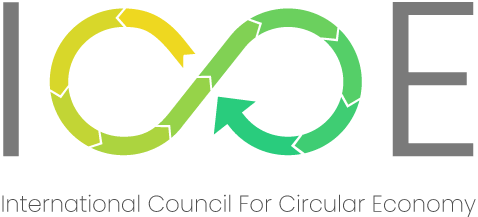The fashion industry has a shocking record when it comes to exploiting workers and damaging the environment.
Responsible for up to 10% of global emissions, it is a major polluter in need of an urgent makeover. And while this won’t happen overnight, there are some really positive signs – from all across the supply chain – that real change is underway.
The best examples of this transformation can be found in the many innovations reshaping the industry, some of which are recognised at the annual Global Change Award. Launched by the non-profit H&M Foundation in 2015, the Global Change Award celebrates innovators that are moving the industry towards a net-zero future.
“The winners of the Global Change Award hold the key to the complex challenges we are facing and prove that it’s possible to reinvent fashion. Their game-changing innovations are really inspiring and can help transform the fashion industry into a planet positive one,” said Karl-Johan Persson, board member of H&M Foundation and Chairman of H&M Group.
The five 2022 winners announced this week, which include a laundry innovation that extends the lifespan of garments, will share a €1 million grant from the H&M Foundation, and enter the one-year GCA Impact Accelerator programme led by the H&M Foundation in partnership with Accenture, KTH Royal Institute of Technology and The Mills, designed to help the winners scale their solutions at speed.
The 2022 Global Change Award winners are:
BioPuff® by saltyco (UK) – A planet positive alternative to goose down, crafted from plants that heal damaged land. BIORESTORE (Sweden) – A laundry solution that restores old and worn garments to mint condition. CottonAce by Wadhwani AI (India) – An AI solution that reduces pesticide use, increases yield and raises incomes for smallholder cotton farmers.Re:lastane (China) – The first mild process making elastane and polyester blend fabrics recyclable.Rubi (US) – Planet positive viscose and lyocell made from carbon emissions.
Find out more about the Global Change Award.
Net-zero by 2050
The good news is that a strong pipeline of solutions – both disruptive and ready to be implemented – can drastically decarbonise the industry.
Katrin Ley, managing director, Fashion for Good
Getting to net-zero will be a huge challenge for the industry but if $1 trillion of investment can be mobilised to support new solutions, the industry can do it by 2050, according to a report co-authored by Fashion for Good, the Apparel Impact Institute, and sponsored by HSBC.
“The fashion industry is becoming increasingly aware of its environmental impact and of the need to swiftly transition to net-zero,” said Zoë Knight, managing director and group head of the HSBC Centre of Sustainable Finance. “This report shows that, while there are challenges to overcome, this transition is possible.”
Read the full report: Unlocking the Trillion-Dollar Fashion Decarbonisation Opportunity.
The post How to make clothes that are a better fit for the planet first appeared on Innovators magazine.
